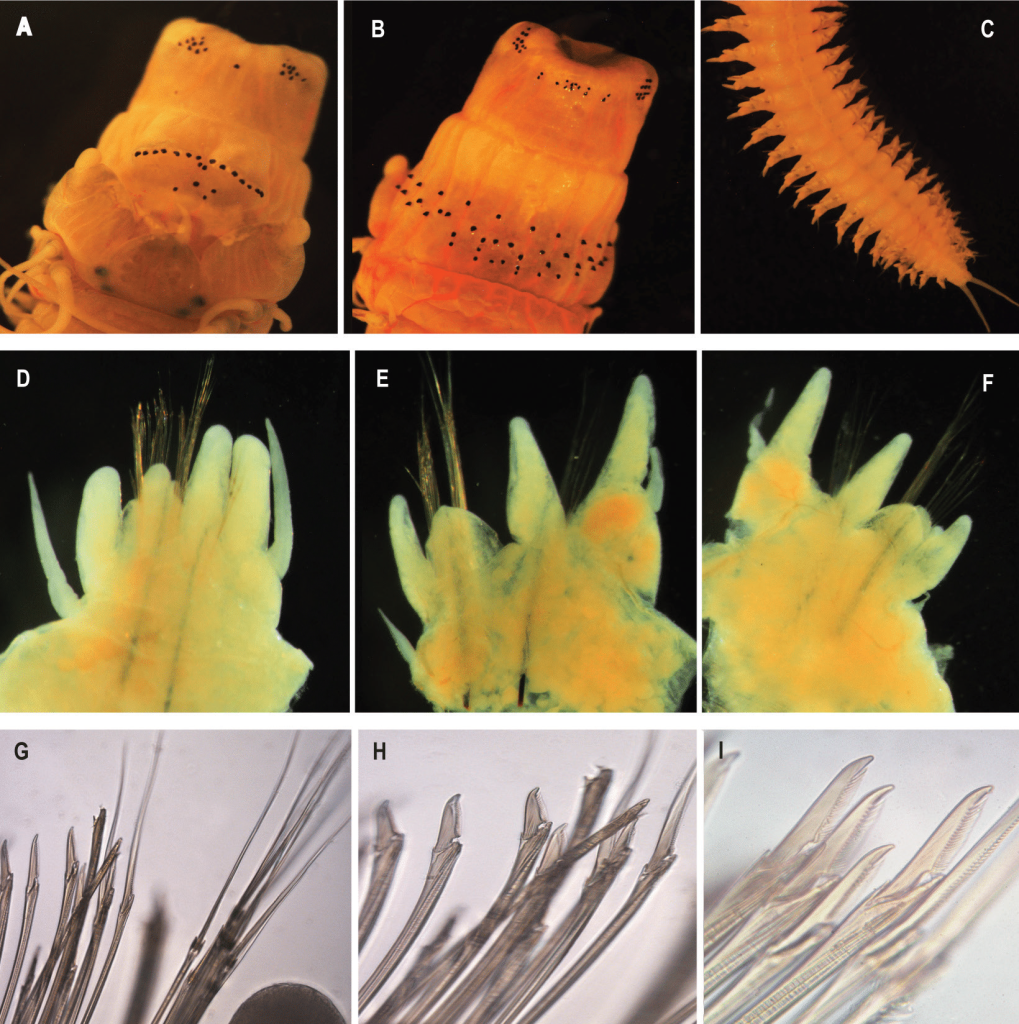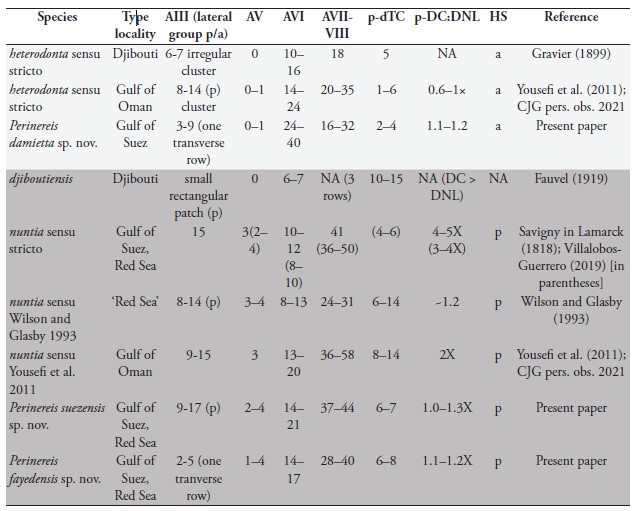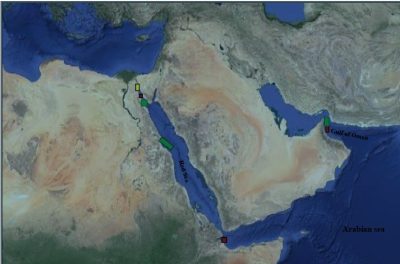Today, our paper about Perinereis species from the intertidal coasts of the Red Sea, Gulf of Suez and Suez Canal lead by Asmaa Haris Elgetany was published in ZooKeys. It is her third paper from her internship at our group and fittingly we are describing three new species of Perinereis. As before, Asmaa used a combination of molecular and morphological data to delineate the species properly. Moreover, we were lucky to collaborate with Chris Glasby on this. With his deep knowledge of nereidids and enthusiasm, he was great to work with. The integrative taxonomic approach once again proved very useful in this endeavor. In her first paper, Asmaa showed using the same approach that the supposed Marphysa sanguinea species was not at all Marphysa sanguinea (Eunicidae) given both morphological and molecular, but a new species Marphysa aegypti. In her second paper, it was different for the two species Diopatra aculeata and D. neapolitana (Onuphidae) and she showed how difficult it can be to delineate species in the grey zone of speciation. In third paper, the story is slightly different again.

Perinereis Kinberg, 1865 is the second most species-rich genus in the family Nereididae and it comprises about 90 species, which are distributed worldwide. Moreover, new species are constantly described, especially from regions, which are not so well covered. Importantly, the genus is properly not monophyletic and might be a group of at least two different genera. However, this is still uncertain and neither morphology nor molecular data have provided yet a definite answer. Our paper shows some indication for the non-monophyly from the molecular side. Specimens of Perinereis from south-eastern Asia and Australia form a monophyletic group exclusive of the three new species from the Red Sea region described in our study. However, it is still far from being conclusive. The scope of our paper was a different one anyway.

For the study, we compiled a data set of 26 morphometric characters. Analyses of the comprehensive data set showed that in comparison to the same characters from other Perinereis species our three species could be clearly identified and characterized. Hence, three distinct morphospecies belonging to the Perinereis nuntia species group were found. They can be differentiated by numerous characters including the number and type of paragnaths on pharyngeal areas V and VI, relative sizes of parapodial lobes, type of notochaetae and neurochaetae, and form of the neurochaetal falciger blades (see the figure for some example of these characters). Additionally, the molecular also found these three species as clearly separated units from the other species. Two of the three new species, Perinereis suezensis sp. nov. and Perinereis fayedensis sp. nov., are closely similar to Perinereis nuntia. This is interesting as the type locality of Perinereis nuntia is also from the Gulf of Suez in the Red Sea as it is for all three new species herein. Hence, even though Perinereis nuntia had already been described from this area by Savigny in 1818, still new species can be discovered in the Red Sea. The third species Perinereis damietta sp. nov. is similar to Perinereis heterodonta, which had been described by Gravier in 1899 from Djibouti. This also not that far away from where the three new species were discovered. With these three new species, the number of species in Perinereis increases to 97. Soon the 100 mark will be passed, until a thorough taxonomic revision of the group is done. This will most likely result in splitting the genus Perinereis into several genera and accordingly the number species per genus will go down again.
![]()
